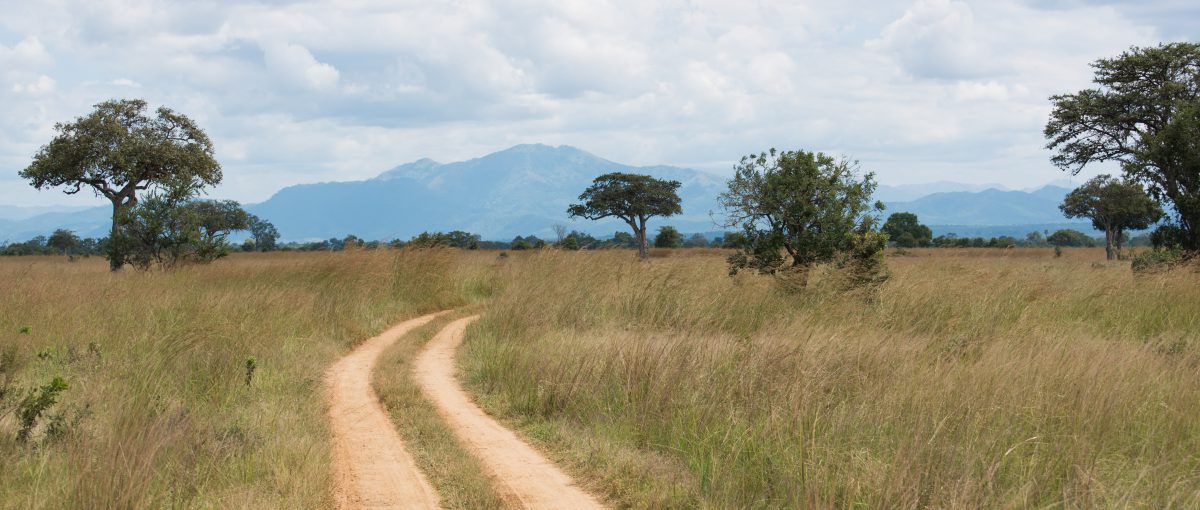A year ago, I wrote that JRS was making its first grants to explore the policies that drive the demand for biodiversity data and information and the supply of biodiversity data and information in “Learning by Doing: New Policy Research Grants.” We waded into the deep end to get a better understanding of how JRS’ grantees could be most effective at increasing biodiversity data availability. This month, the first study with JRS sponsorship was published by the African Centre for Technology Studies (ACTS) in the excellent January issue of ACTS’ Technopolitan Magazine. The study by Dr. Aime Tsinda, a Senior Research Fellow of the Institute of Policy Research and Analysis – Rwanda (IPAR-Rwanda) and his team, of policies in Ethiopia, Kenya, Rwanda and Tanzania shaping access to biodiversity information may be the study of its kind in sub-Saharan Africa.
Dr. Tsinda’s findings are not encouraging, but provide a framework by which to close specific gaps in those policies that should require data and information systems. International agreements such as the Convention on Biological Diversity require biodiversity assessments and set long-term, quantitative goals such as the Aichi targets but these goals are not matched by international financial support for the necessary information systems. National policies in all of the countries studied provide general provisions for natural resource protection, yet provide no mandates or direction for the creation of, and access to the data that would be essential to implement and monitor those policies.
This policy insight will help JRS to better target and support projects that are set up for success and sustainability in the African biodiversity informatics landscape, to effectively interrupt the cycle of data deficient policies, and to engender even tangible and durable change in access to biodiversity information and knowledge.
There is an unfortunate cycle of events when data systems are weak: Without baseline data, there is no way to set targets or standardize monitoring methods for policies, and therefore policy implementation doesn’t require the collection of time-series data or include measures for performance accountability. Without data requirements, there are no policy drivers or budgetary allocations to build biodiversity information systems, and the educational system feels no pull to train students in biodiversity data creation, management and analysis. A lack of available data results in weak policies – and weak policies have no tools or standards by which to improve data availability.
Fortunately, the cycle can be broken at a number of places: Creation and publication of biodiversity data can point to policy successes and policy failures. Government agencies can set policy targets, adopt to new monitoring technologies, and support policy change. Citizen scientists may democratize the creation of biodiversity data and build grass-roots pressure for better environmental governance, including access to information systems. Innovators can develop yet more rapid and inexpensive monitoring technologies. Investments in capacity building can equip a cohort of information scientists who can advocate for the potential of modern big data systems. And international donors can match their political setting of sustainability targets with the funds to measure and monitor progress.
The study will be followed by future publications of JRS-funded analyses from IPAR-Rwanda, the African Technology Policy Studies Network, and the Gabarone Declaration for Sustainable Development in Africa’s Secretariat at Conservation International.
We’re just moving up the learning curve to understand the nexus of public policies and access to biodiversity data, information and knowledge. We hope that other funders and researchers will explore this with us. And we hope that when national and international policy makers ask countries to assess biodiversity, that they also help them build the tools to do so.

